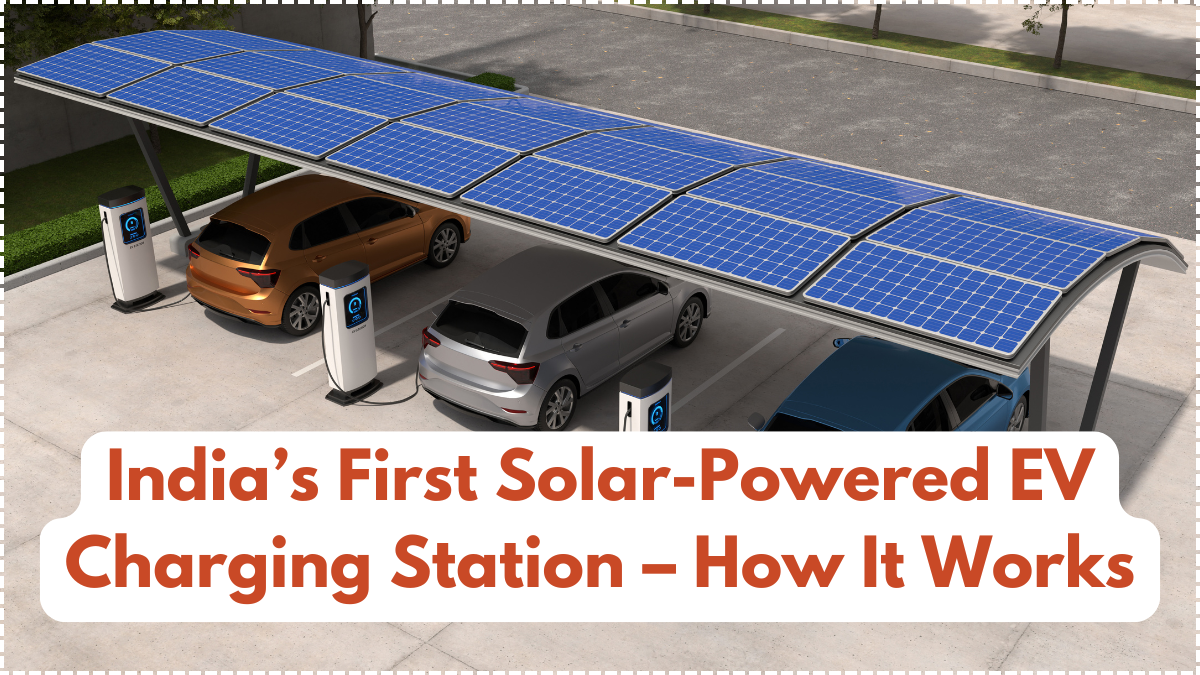India’s First Solar-Powered EV Charging Station – How It Works
India took a bold leap toward clean mobility with the launch of its first solar EV charging station—a breakthrough aligning with the 2025 goal of becoming a global leader in renewable energy cars. Located strategically along a major urban expressway in Delhi NCR, this station harnesses solar energy to charge electric vehicles (EVs), making it … Read more
